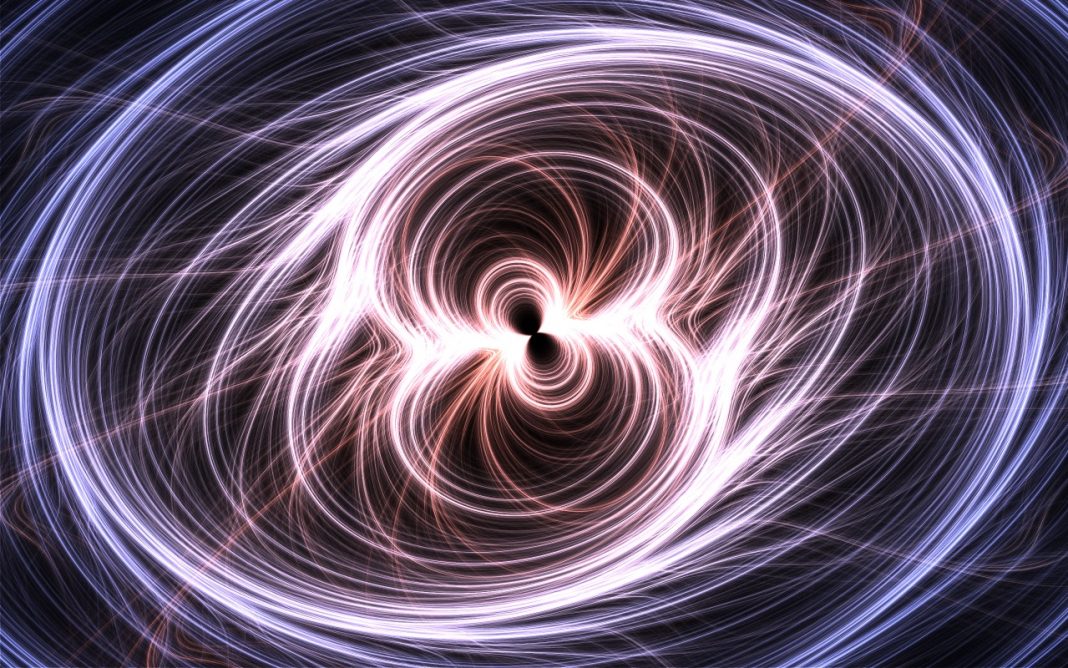It’s been an exciting month for science this week as for the time ever scientists have managed to subject quantum entanglement to extreme levels of acceleration only to find that it’s far more robust than we ever imagined. Recent experiments saw entangled particles being accelerated to speeds that were around 30 times that of the Earth’s acceleration.
Rupert Ursin, from the University of Vienna, from the University of Vienna, Austria is on of the team involved in the experiments and he said, “These experiments shall help [us] unify the theories of quantum mechanics and relativity.” The idea behind quantum entanglement is that two particles essentially share an existence, meaning that anything that happens to one particle will ultimately affect the other, no matter where it is.
Animation of NIST(National Institute of Standards and Technology) experiment showing how quantum computing might benefit from lost information. Two beryllium ions (red) and two magnesium ions (green) are trapped and cooled to almost absolute zero, and lasers are used to link the two pairs’ properties in a particular way. The magnesium ions emit light and release heat to the environment, as suggested by the wispy streaks emanating from the ions. Laser beams (straight lines) are used to couple all unwanted states of the beryllium ions to the outgoing heat, leaving these ions “entangled” so their properties are linked in a way that is useful for quantum computing. The emergence of the entangled state is suggested by the hourglass.
Credit: Jack Bertram/Motion Forge for NIST
Scientists know from previous experiments, that entanglement is real, but it’s not something that can be explained by Einstein’s relativity theories. So how can we bridge that gap between quantum and classical physics, Ursin and his team subjected entangled particles to high accelerations to be able to observe aspects of both simultaneously? In order to be able to do this, the researchers dropped an entangled photon pair in a crate from a height of 12 meters in order to achieve zero gravity during the free-fall. The next step involved attaching the crate to a spinning centrifuge and then increasing its speed up to a whopping 30g.
The photon’s entanglement was monitored as this happened and the results revealed that this spooky entanglement held true under all conditions. “Our results show that quantum entanglement is unaffected by non-inertial motion to within the resolution of our test-system,” the researchers concluded. “This represents the first experimental effort exposing a genuine system to milli-g and hyper-g, and extends the experimental regime in which quantum effects can be said to exist in harmony with relativity.”
This is a big leap for scientists wanting to observe the effects of quantum entanglement and the results of the experiments prove we don’t have to worry when it comes to photons breaking part either. “If entanglement were too fragile, quantum experiments could not be carried out on a satellite or an accelerated spacecraft, or only in a very limited range,” explained one member of the team, Matthias Fink. “Our next challenge will be to stabilize the setup even more, in order for it to withstand much higher accelerations,” said Fink.
More News to Read











